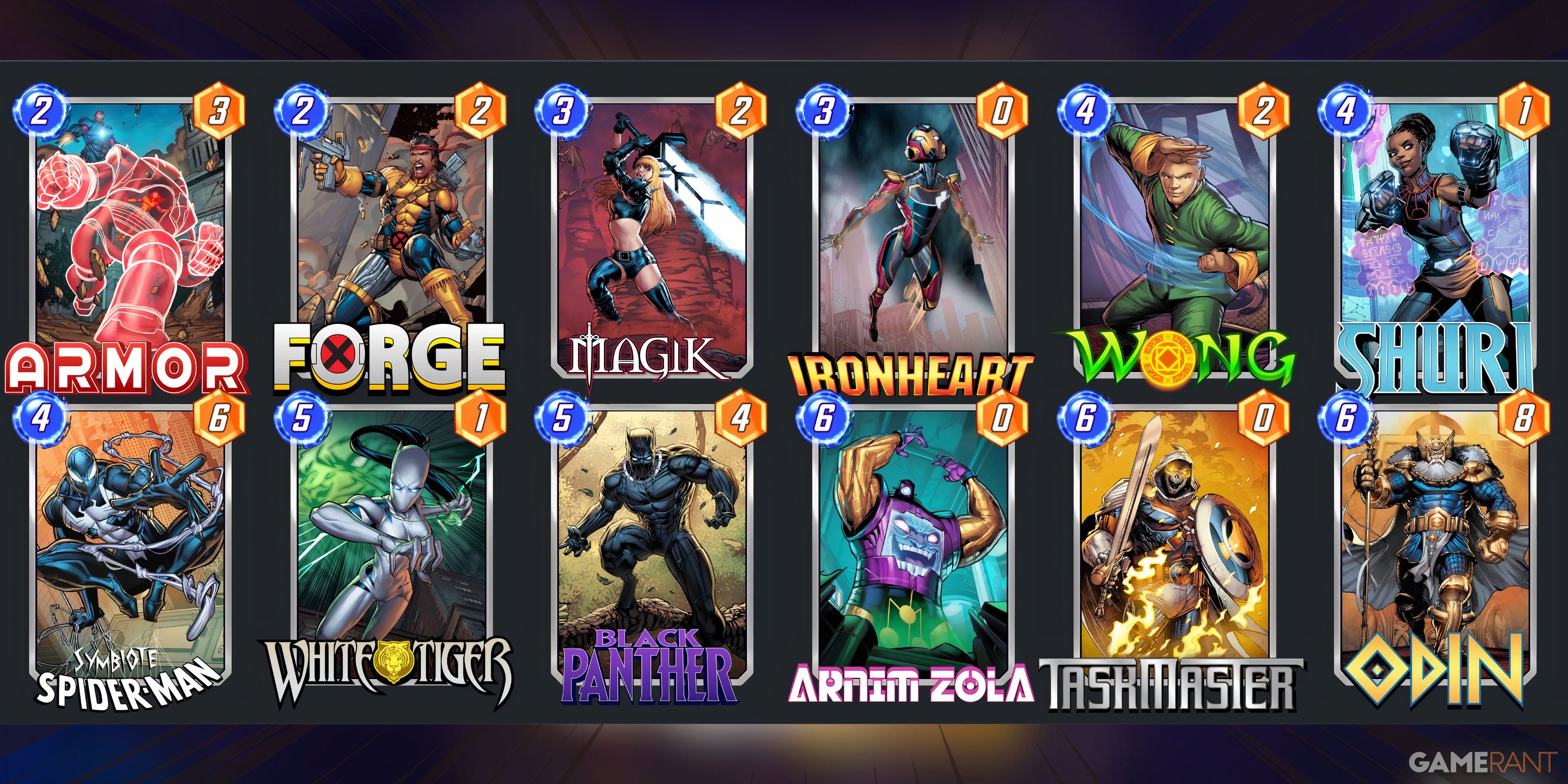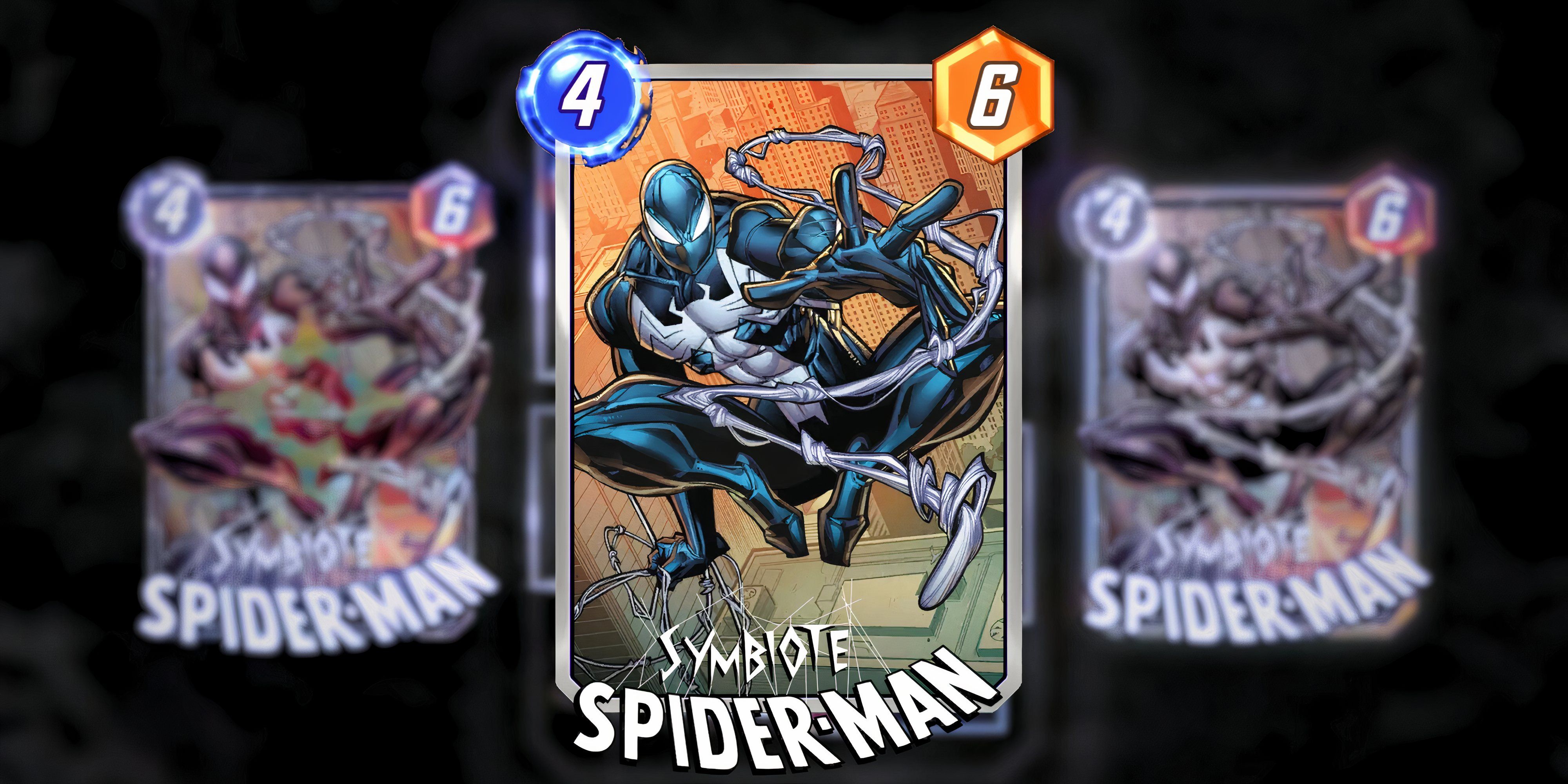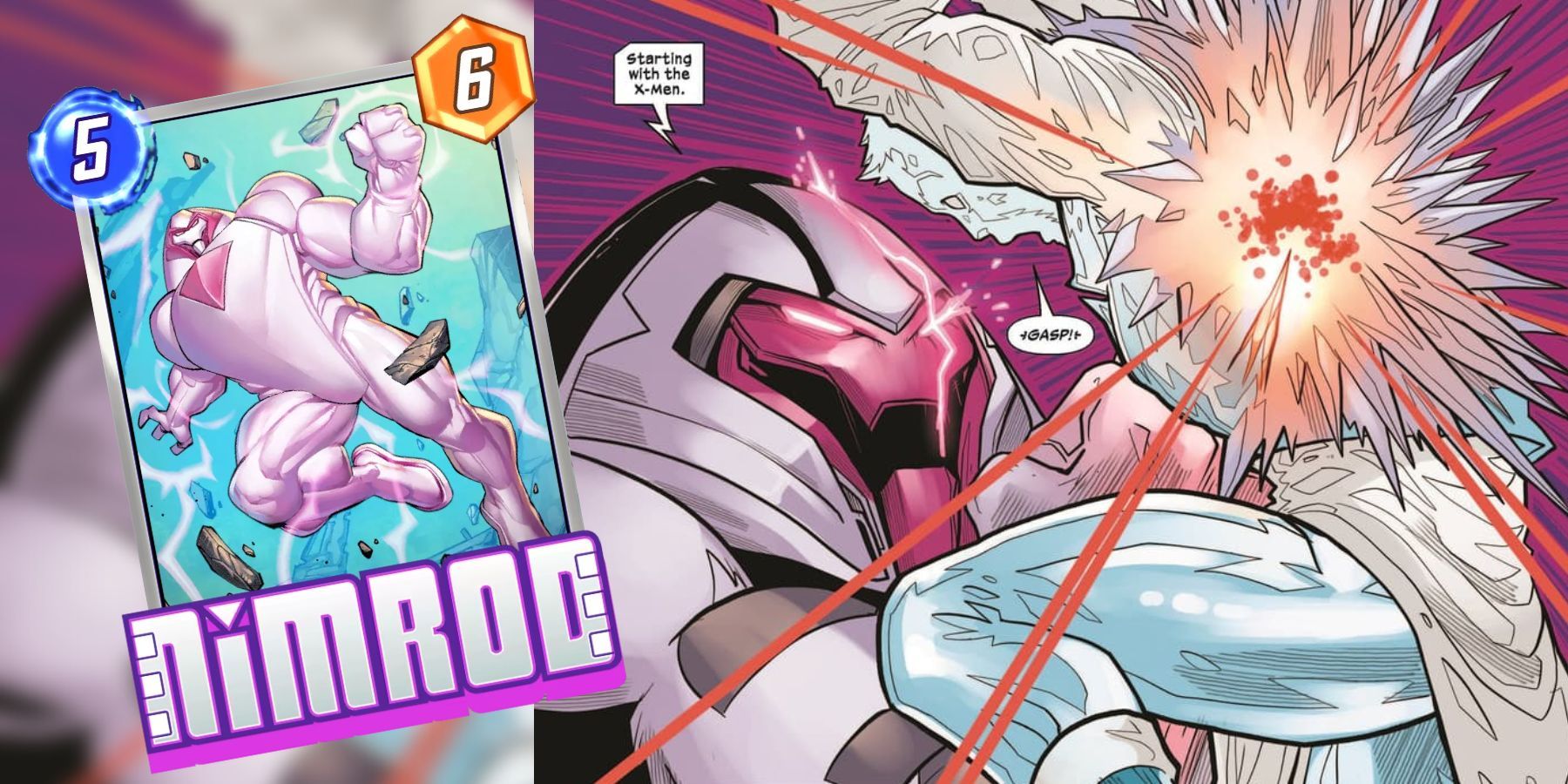Marvel Comics-themed card game Marvel Snap is introducing a new limited-time mode in the form of High Voltage, which the developers revealed was designed to feel as different as possible from a normal game. Instead of having six turns to compete, Marvel Snap players will have only three turns to claim the victory. Other changes include the removal of the Snap mechanic, the introduction of an energy range, and the ability to draw two cards per turn. Creating High Voltage mode required a great deal of experimentation, and the mode went through a number of changes before its release.
Game Rant spoke to Marvel Snap design director Ben Hayes about the process of moving from a six-turn game to a three-turn game. Hayes also spoke about why the decision was made to implement a range in which players will receive between two and five energy per turn. Ultimately, Hayes and the team feel that the resulting mode feels quite different from standard Snap, and will encourage players to experiment with powerful, high-risk cards or unique combinations that they might not otherwise try.
Related
Marvel Snap’s Collector’s Vault Will Be Huge for Completionists
Marvel Snap recently revealed the Collector’s Vault, which will be released later this month, and may finally help to fix the game’s biggest issue.
Three Turns Was Chosen Because It “Felt The Most Different”
Initially, Hayes revealed, the team intended for High Voltage mode to feature four turns per game. However, after testing a four-turn match, Hayes realized that “four still felt more like normal Marvel Snap than we were going for.” After the decrease to three turns, High Voltage, even more than previous limited-time mode Deadpool’s Diner, began feeling like the truly unique game mode the team had hoped to create.
In High Voltage, Hayes explains, players are encouraged to experiment because they only have such a tight turn limit to work with – thus, they are encouraged to try out powerful combos immediately without much opportunity for setup. Describing his own deck-building strategy while playtesting the new mode, Hayes said that “instead of needing to build that out really progressively or sequentially with a curve of energy, or needing to have support cards and finesse the deck building, [he takes] the most powerful parts of that strategy and chuck[s] it in the deck.” When asked to name specific cards he enjoys using in High Voltage, the design director cited Black Panther, which has a high Energy cost but doubles its own Power, and Wong, which lets abilities happen twice.
The Variable Energy Scale Took Much Experimentation
While the three-turn limit settled into place very quickly, the variable scale – in which players receive between 2-5 energy per turn – took a lot of experimentation. Hayes credits Jules Robins, the lead designer of the High Voltage mode, with the creation of the scale. Initially, the team tried a fixed system, such as receiving three energy on Turn 3, six on Turn 2, and nine on Turn 3. However, this led to players being extremely conservative, sticking to 3- or 6-energy cards such as Thanos or Magneto, rather than experimenting.
Hayes described the team’s process of settling on the energy scale:
“They kind of ran into that problem with every set of numbers, and the experimentation just became way less interesting. But then, when we made it a range, your shackles came off a little bit, and you were like “Well, I’m just going to have a lot of energy. I’m just going to put a lot of cool, expensive stuff in the deck, and just kind of see what happens.””
It was when the energy scale was implemented, Hayes explained, that High Voltage truly started to come together as a unique mode. He and the team are extremely excited to see the kind of decks players will build over the eight days in which High Voltage mode is available for play – particularly the unique and powerful card combinations that may come into play.
/cdn.vox-cdn.com/uploads/chorus_asset/file/25362061/STK_414_AI_CHATBOT_R2_CVirginia_D.jpg)












